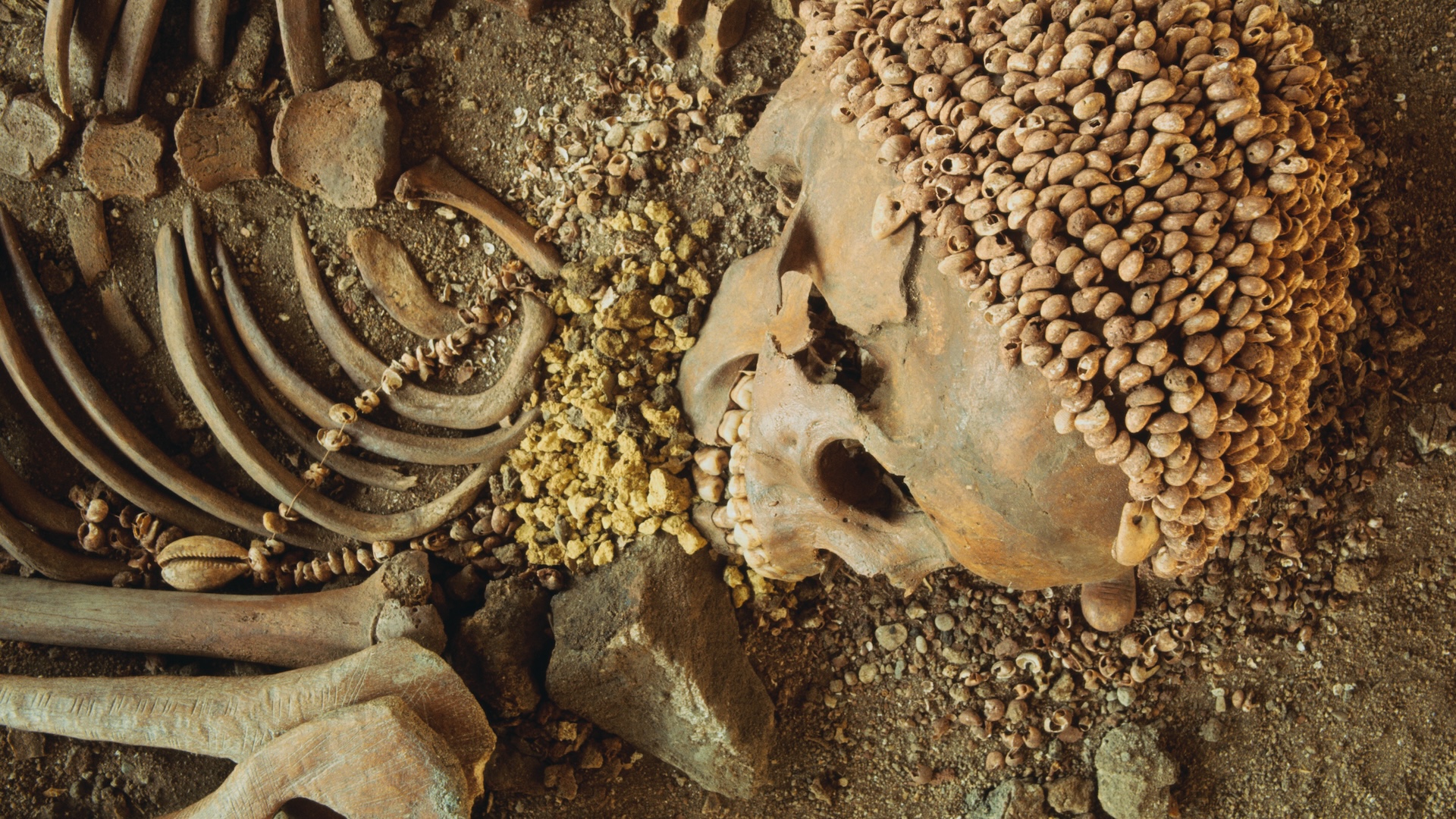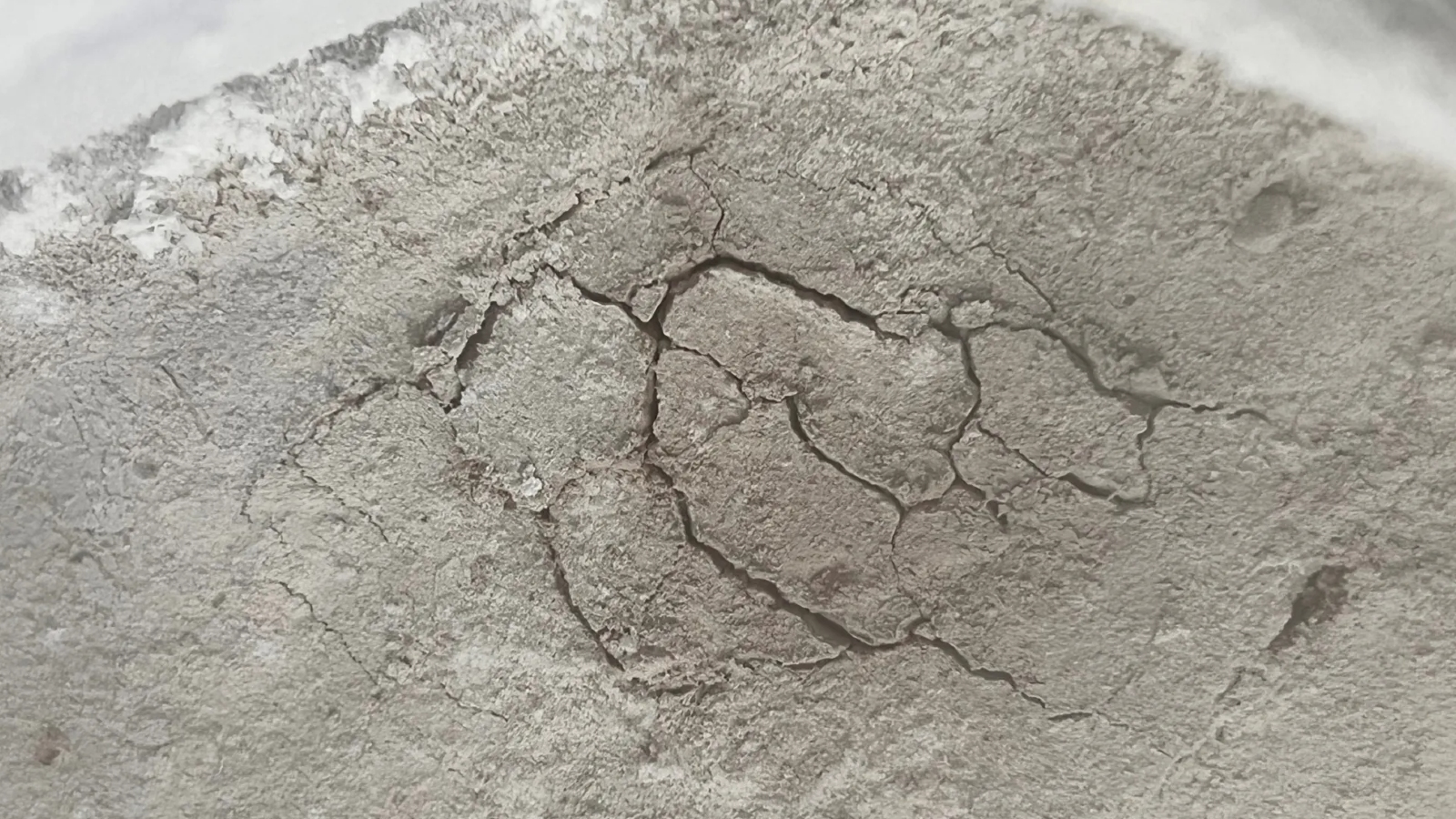Biology, Vol. 13, Pages 705: Feeding Behavior, Gut Microbiota, and Transcriptome Analysis Reveal Individual Growth Differences in the Sea Urchin Strongylocentrotus intermedius
Biology doi: 10.3390/biology13090705
Authors: Qi Ye Chuang Gao Haoran Xiao Shuchao Ruan Yongjie Wang Xiaonan Li Yaqing Chang Chong Zhao Heng Wang Bing Han Jun Ding
Growth differentiation among farmed sea urchins (Strongylocentrotus intermedius) poses a significant challenge to aquaculture, with there being a limited understanding of the underlying molecular mechanisms. In this study, sea urchins with varying growth rates, reared under identical conditions, were analyzed for feeding behavior, gut microbiota, and transcriptomes. Large-sized sea urchins demonstrated significantly higher feeding ability and longer duration than smaller ones. The dominant phyla across all size groups were Campylobacterota, Proteobacteria, and Firmicutes, with Campylobacterota showing the highest abundance in small-sized sea urchins (82.6%). However, the families Lachnospiraceae and Pseudomonadaceae were significantly less prevalent in small-sized sea urchins. Transcriptome analysis identified 214, 544, and 732 differentially expressed genes (DEGs) in the large vs. medium, large vs. small, and medium vs. small comparisons, respectively. Gene Ontology and KEGG pathway analyses associated DEGs with key processes such as steroid biosynthesis, protein processing within the endoplasmic reticulum, and nucleotide sugar metabolism. Variations in phagosomes and signaling pathways indicated that size differences are linked to disparities in energy expenditure and stress responses. These findings provide a foundation for future investigations into the regulatory mechanisms underlying growth differences in S. intermedius and provide clues for the screening of molecular markers useful to improve sea urchin production.

 1 week ago
31
1 week ago
31


